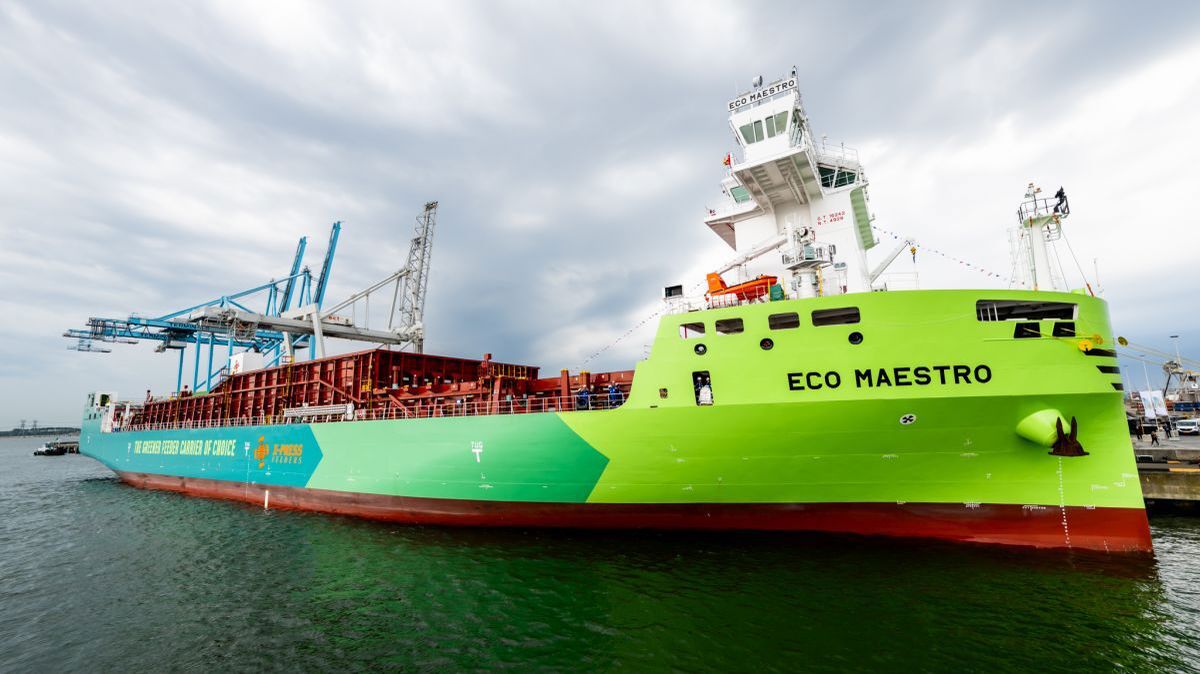Recap 2024: LNG and methanol orders surge
LNG- and methanol-capable fleets showed strong growth in 2024, while ammonia and LPG adoption remain in their nascent stages.
 PHOTO: Eco Maestro, X-Press Feeders-owned methanol dual-fuel containership. X-Press Feeders
PHOTO: Eco Maestro, X-Press Feeders-owned methanol dual-fuel containership. X-Press Feeders
The alternative fuel-capable vessel market continued its upward trajectory in 2024, classification society DNV’s database shows.
LNG
The number of LNG-capable vessels in operation saw steady growth in the past year, increasing by 142 to reach 611 by the end of 2024.
The LNG orderbook has also expanded significantly. There were 537 vessels were on order for delivery by 2028 at the close of last year, a number that has since climbed to 606.
Another 43 LNG-capable vessels are scheduled for delivery by 2033.
Methanol
Methanol-capable vessels also gained traction in the past year, with 14 new vessels joining the fleet in 2024 and bringing the total fleet to 43.
The orderbook for methanol-capable ships swelled to 342, with deliveries planned through 2030.
Growth has been particularly strong in the container ship and bulk carrier segments. Container ship orders jumped by 64 to reach 216 vessels, while bulk carrier orders grew by 35 to 48 vessels.
Ammonia and LPG
Two ammonia-capable vessels – an offshore supply ship and a tugboat – entered service in the past year.
An additional 27 ammonia-capable vessels have been ordered, with deliveries expected by 2027. Most of these orders are for gas carriers (13), followed by bulk carriers (9), oil tankers (2) and others.
Meanwhile, the LPG-capable fleet remained unchanged at 121, with no new deliveries reported in 2024.
Ammonia was tested as a bunker fuel on one vessel during the year. However, both ammonia and LPG have yet to achieve commercial adoption as marine fuels, primarily due to the ongoing development of regulatory frameworks governing their use on ships.
By Konica Bhatt
Please get in touch with comments or additional info to news@engine.online





